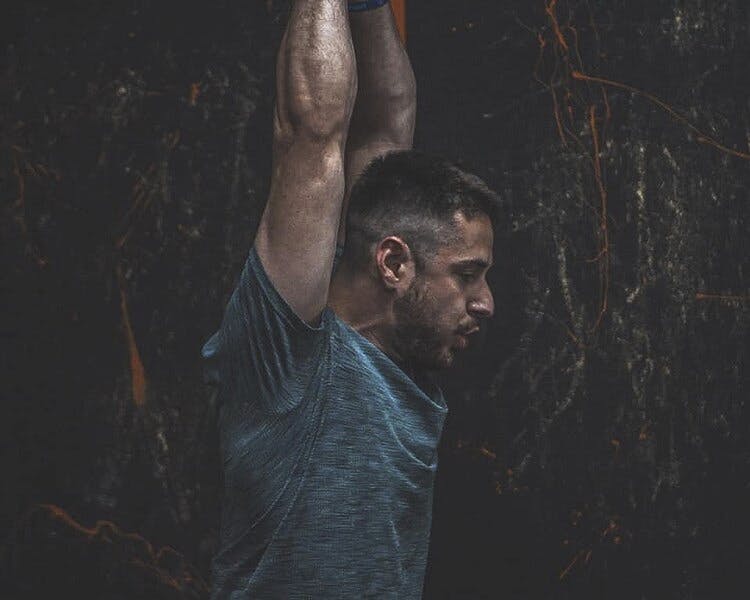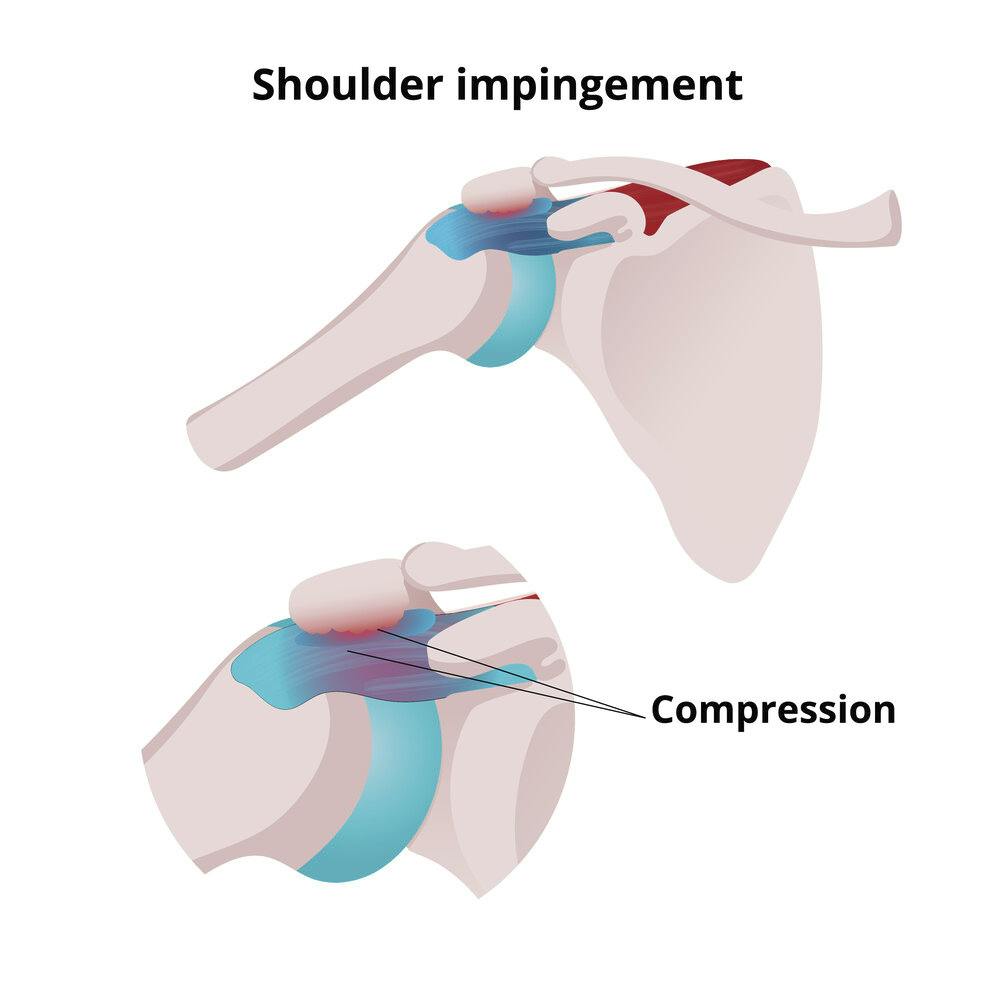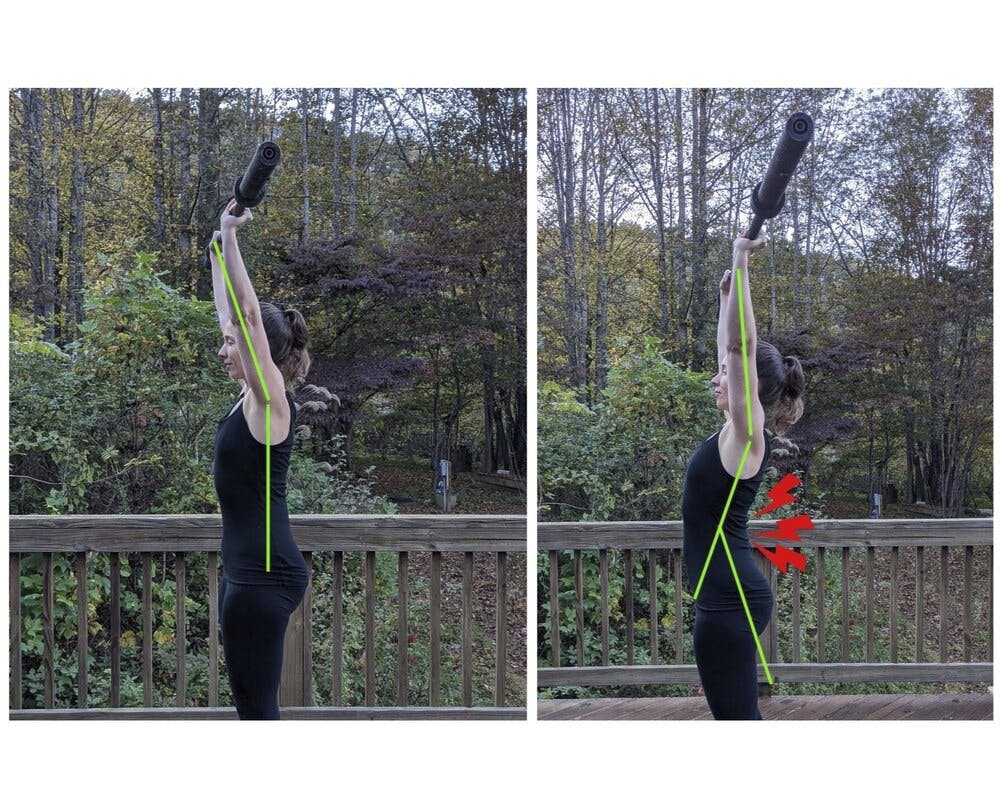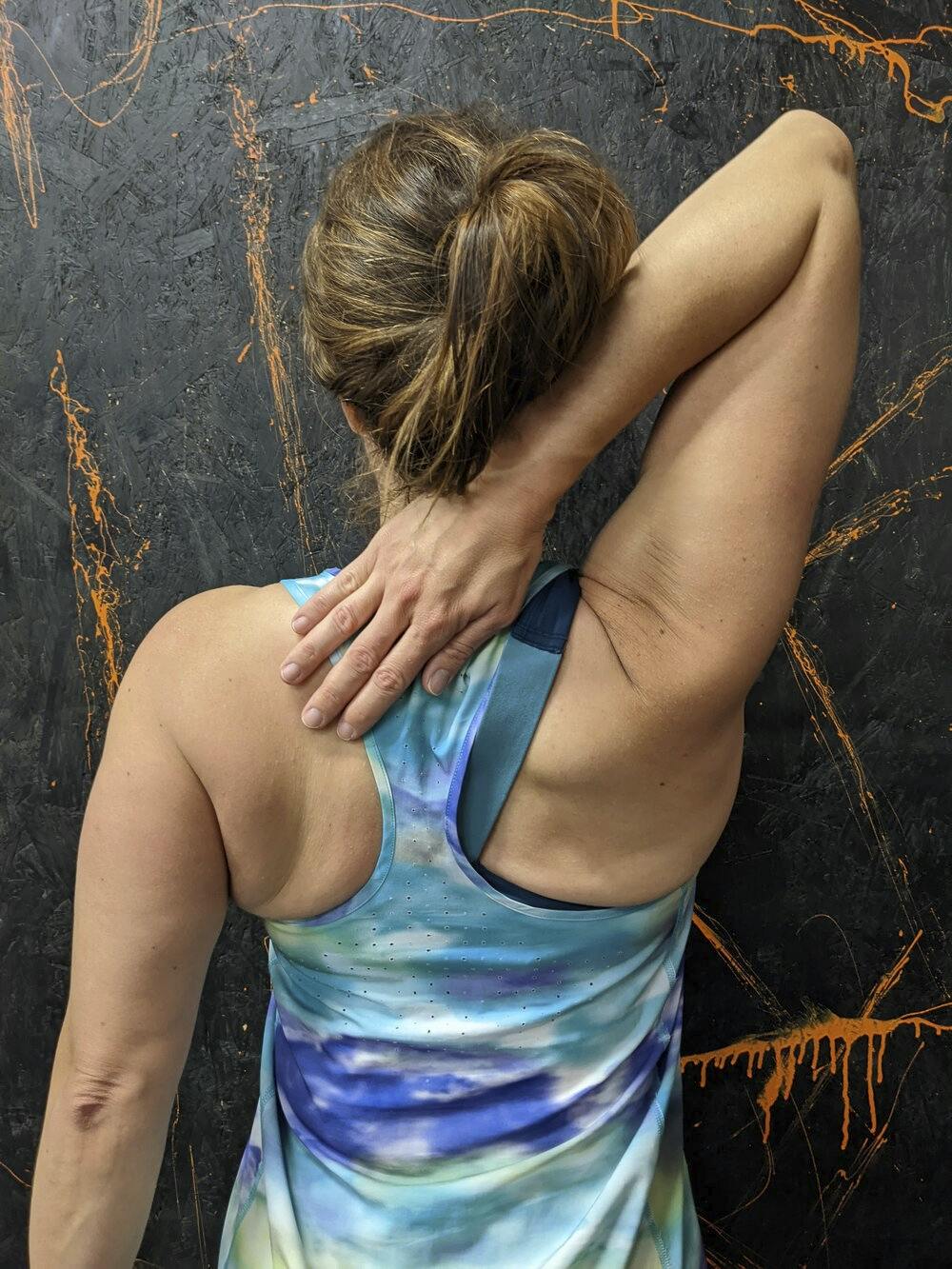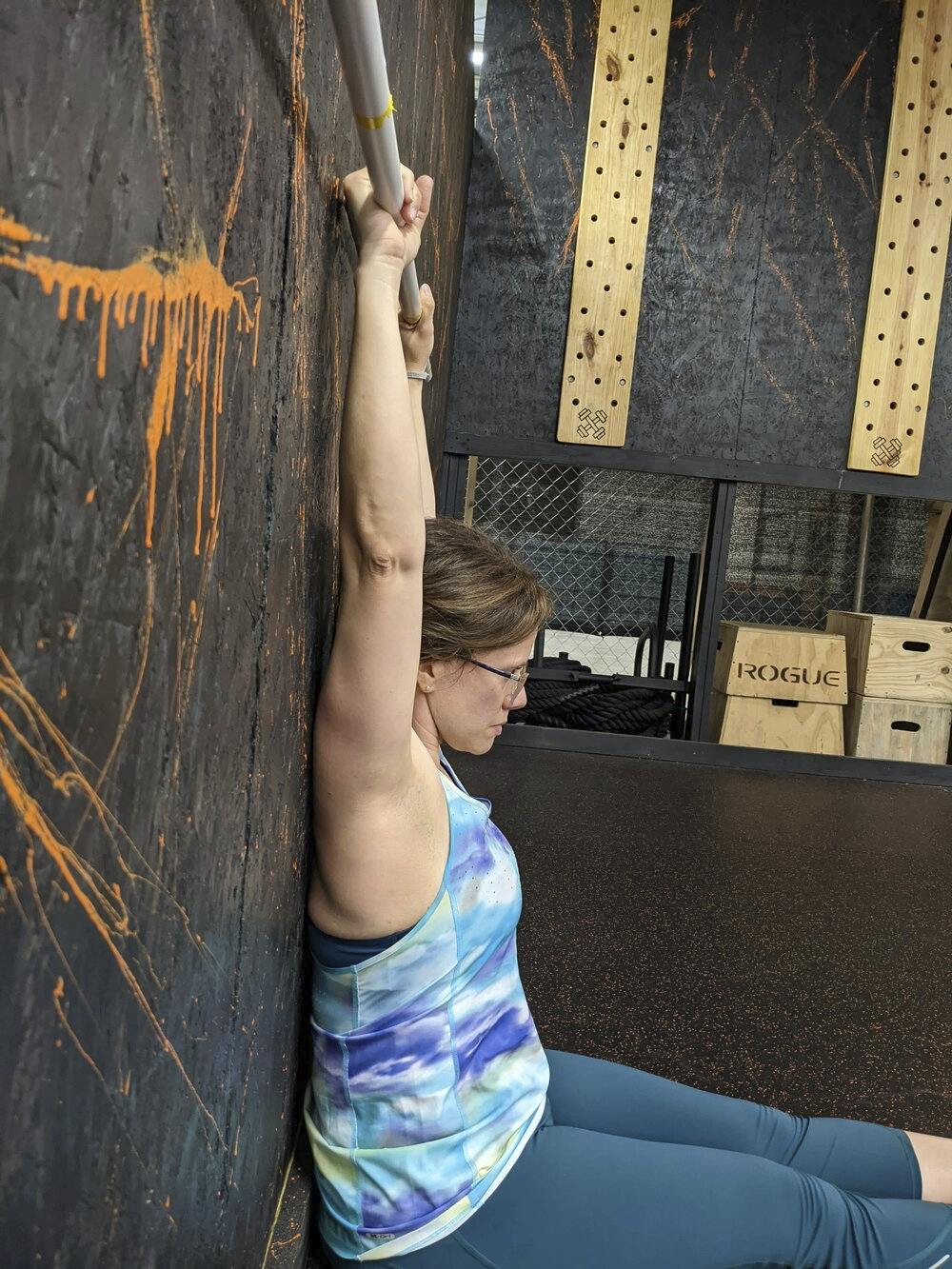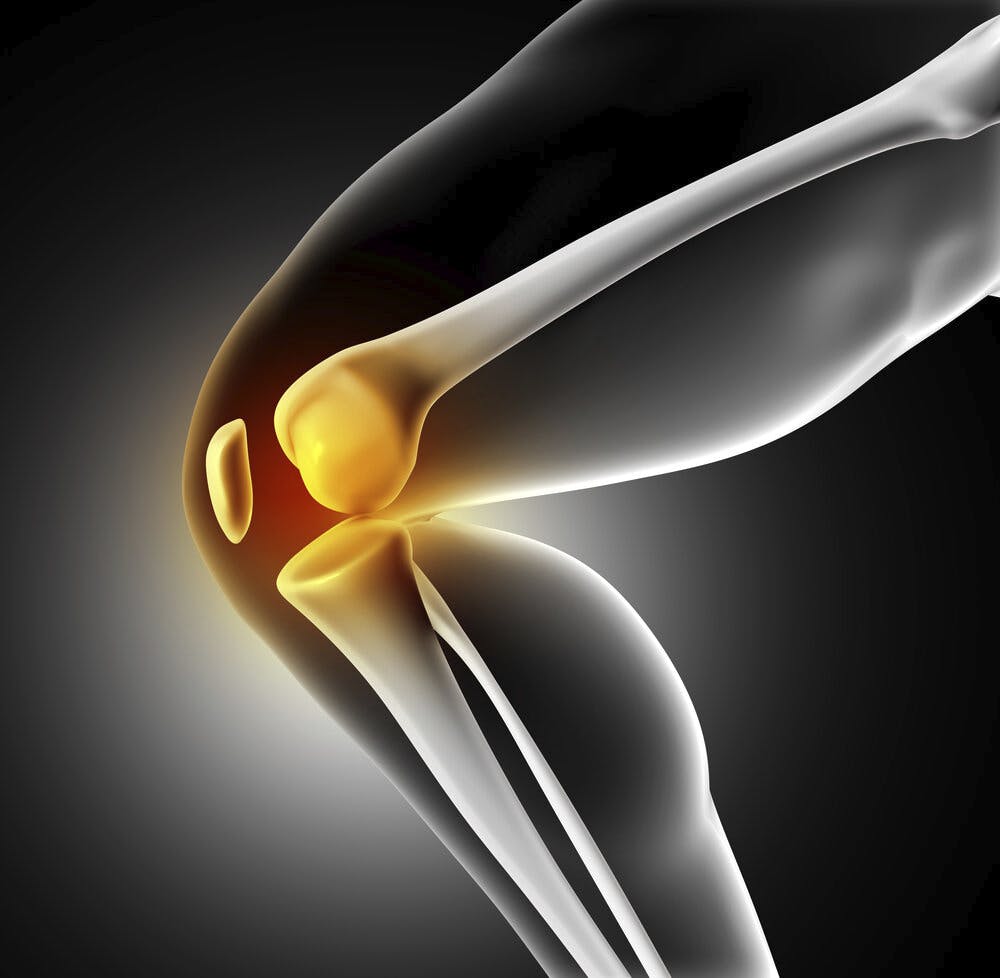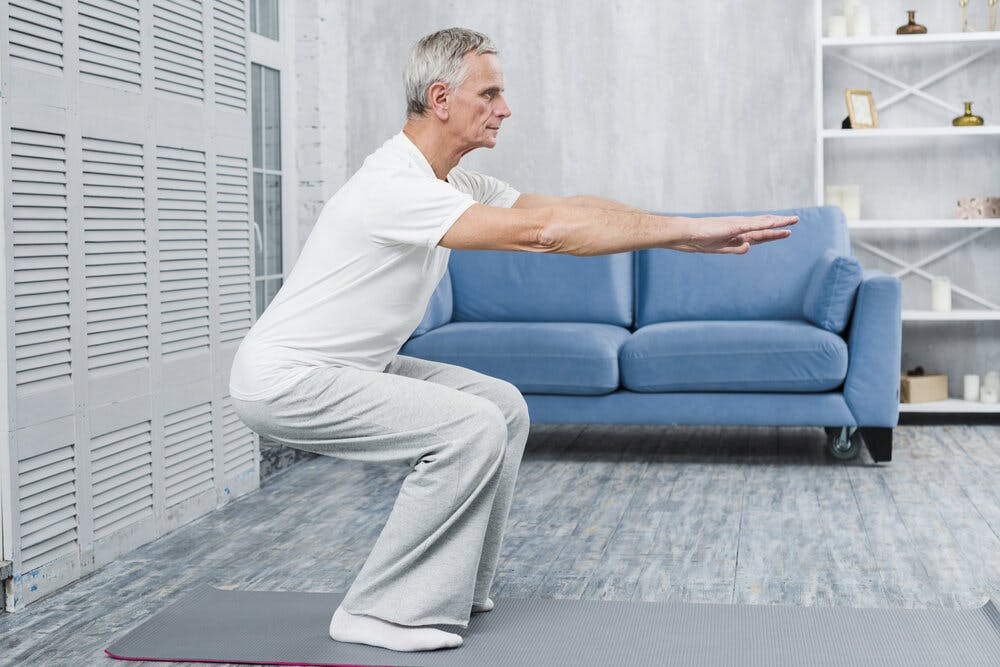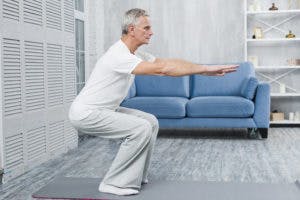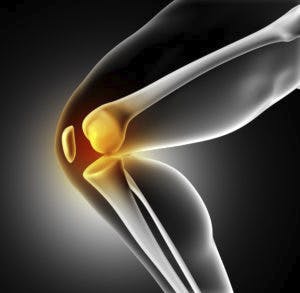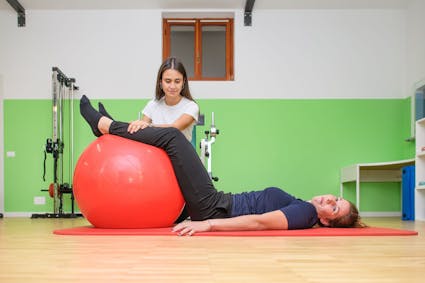
The pelvic floor plays a crucial role in supporting the organs within the pelvic region, including the bladder, uterus, and rectum. Pelvic floor dysfunction (PFD) refers to a range of issues that can affect this group of muscles and cause problems with bowel, bladder, and sexual functions. Despite its prevalence, PFD often remains undiagnosed and untreated. In this blog, we will delve into the causes, symptoms, and treatment options for pelvic floor dysfunction.
Causes of Pelvic Floor Dysfunction
- Weakness or Tightness: The pelvic floor muscles can become weak or overly tight, often due to factors such as childbirth, aging, or chronic constipation.
- Pregnancy and Childbirth: Pregnancy can put significant strain on the pelvic floor muscles, leading to weakness. Additionally, vaginal childbirth can cause trauma to the pelvic floor, resulting in nerve damage or muscle tears.
- Chronic Straining: Regularly straining during bowel movements, especially if combined with a sedentary lifestyle, can weaken the pelvic floor muscles over time.
- Surgical Interventions: Certain surgeries, such as prostatectomy in men or hysterectomy in women, can affect the pelvic floor muscles and contribute to dysfunction.
- Obesity: Excess weight can put extra pressure on the pelvic floor, leading to weakening or stretching of the muscles.
Symptoms of Pelvic Floor Dysfunction
The symptoms of PFD can vary depending on whether the muscles are weak or tight. Some common symptoms include:
- Urinary Incontinence: This involves involuntary leakage of urine, which may occur during activities like sneezing, coughing, or lifting heavy objects.
- Fecal Incontinence: Similarly, weakness in the pelvic floor muscles can lead to uncontrolled bowel movements or difficulty controlling gas.
- Pelvic Pain: Patients with PFD often experience pain or discomfort in the pelvic area, lower back, or genitals.
- Painful Intercourse: For some individuals, sexual intercourse can become painful due to tense pelvic floor muscles.
- Urinary Urgency and Frequency: Frequent and sudden urges to urinate, even if the bladder is not full, can be a sign of pelvic floor dysfunction.
Physical therapy plays a crucial role in managing pelvic floor dysfunction (PFD) and can provide targeted interventions to address the specific issues within the pelvic floor muscles. The internal assessment is one of the essential components of pelvic floor physical therapy, as it allows the therapist to evaluate the condition of the pelvic floor muscles and tailor the treatment plan accordingly. Here's how the internal assessment works:
- Preparation and Consent: Before proceeding with the internal assessment, the physical therapist will explain the procedure in detail and obtain informed consent from the patient. This step ensures that the patient is comfortable with the process and understands its purpose.
- Privacy and Comfort: The therapist will create a comfortable and private environment to ensure the patient's comfort and relaxation during the assessment. Open communication is encouraged throughout the process to address any concerns or discomfort.
- External Evaluation: The internal assessment often begins with an external evaluation of the pelvic region. The therapist will observe the alignment of the pelvis, assess the muscles around the hips, and look for any visible signs of tension or weakness.
- Internal Palpation: To assess the pelvic floor muscles internally, the therapist will insert a gloved and lubricated finger into the patient's vagina (for women) or rectum (for men). The therapist will proceed gently and slowly to minimize discomfort.
- Muscle Tone and Strength: Through internal palpation, the therapist can assess the tone and strength of the pelvic floor muscles. They will look for signs of tightness, weakness, or any muscle imbalances that may contribute to the dysfunction.
- Muscle Coordination: The therapist will also evaluate the coordination of the pelvic floor muscles during various movements, such as contraction and relaxation, to identify any abnormalities or dysfunctions.
- Trigger Points: Trigger points are hyperirritable spots within the muscles that can cause pain and referred symptoms. The therapist will search for these tender areas and use manual techniques to release tension.
- Biofeedback: During the internal assessment, the therapist may use biofeedback equipment to provide visual or auditory feedback to the patient. This helps the patient become aware of their muscle activity and learn to control and relax the pelvic floor muscles effectively.
- Pelvic Organ Mobility: The therapist may assess the mobility of pelvic organs, such as the bladder and uterus, to understand their positioning and evaluate any potential issues related to organ prolapse.
- Findings and Treatment Plan: Based on the internal assessment, the physical therapist will create a personalized treatment plan to address the specific issues identified during the evaluation. This plan may include targeted exercises, relaxation techniques, behavioral strategies, and other therapeutic interventions.
It's essential to remember that pelvic floor physical therapists are professionals trained to approach these assessments with sensitivity and respect. They prioritize patient comfort and work collaboratively to improve pelvic floor function, alleviate symptoms, and enhance the patient's overall quality of life. Remember, you're not alone, and there are effective ways to address pelvic floor dysfunction.






